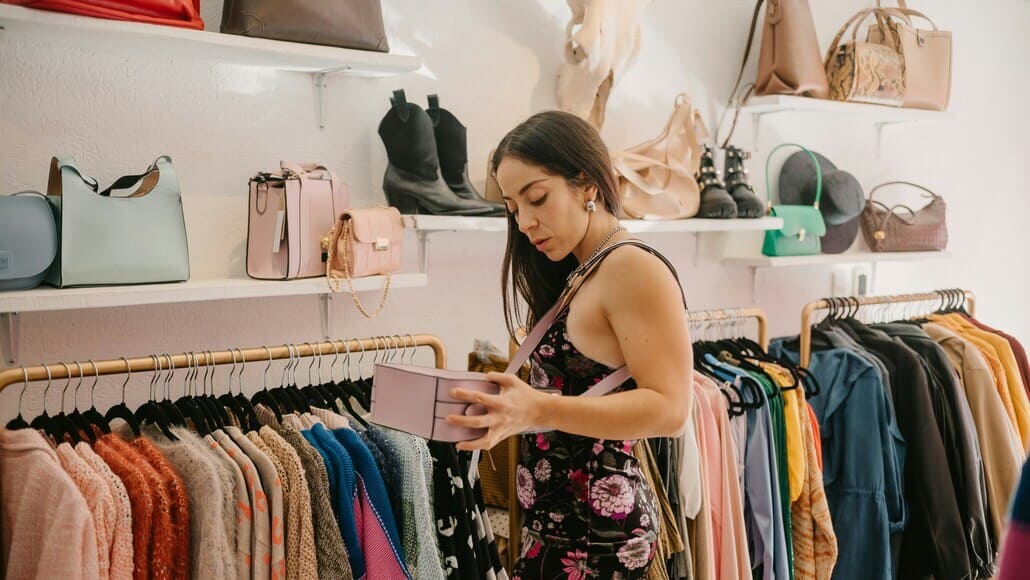In today’s globalized economy, the fashion industry is no stranger to navigating customs compliance and international trade regulations. Among these, de minimis compliance remains a critical yet intricate component. The de minimis threshold refers to the maximum value of goods that can be imported without incurring duties or taxes. While it varies by country, this regulation provides significant opportunities for businesses to reduce operational costs and streamline global trade.
The fashion industry, with its complex supply chains and fast-paced product cycles, often struggles to adapt to the nuances of de minimis thresholds. Enter Artificial Intelligence (AI)—a transformative force that can not only simplify compliance but also optimise cost efficiency. Here’s why fashion brands must embrace AI to maximize de minimis compliance, along with key examples that illustrate its impact.
The Complexity of De Minimis Compliance in Fashion
Fashion brands operate in an environment defined by rapid product turnover, intricate supply chains, and varied international markets. Managing compliance while shipping thousands of products internationally requires meticulous attention and resources. Custom classifications, variable de minimis thresholds, and shifting trade policies create a daunting landscape for brands to navigate.
For instance:
-
The United States sets its de minimis value at $800 for imports, while in many other countries, such as Canada, the threshold stands at a much lower value (C$40 for goods subject to duty and taxes).
-
In countries like the European Union, Brexit has added an extra layer of complexity, as the UK now has its own de minimis policies distinct from the bloc.
Failure to comply can lead to product delays, fines, or even distrust from customers expecting seamless shipping. For fashion brands that rely on fast delivery and high-volume trade, such disruptions can significantly impact customer experience and profitability.
How AI Enhances De Minimis Compliance
AI offers a scalable, intelligent, and proactive approach to handling de minimis compliance. By automating customs documentation, optimising shipping routes, and predicting compliance risks, AI ensures that fashion brands save time, reduce costs, and improve accuracy. Here’s how:
- Automating Classification of Goods: AI-driven software can analyse product descriptions, materials, and value to assign appropriate Harmonized System (HS) codes. This ensures that goods are correctly classified, reducing the risk of errors or delays. Unlike manual processes, AI can process thousands of products in minutes.Example: Levi Strauss & Co., a global jeans manufacturer, uses AI to streamline classification and documentation for its international shipping operations. This has reduced manual errors and ensured timely deliveries across borders.
- Optimising Shipping Strategies: AI-powered systems can identify the most cost-effective shipping methods to take advantage of de minimis thresholds. By splitting shipments intelligently, brands can ensure individual packages stay below the threshold, avoiding unnecessary duties and taxes.Use case: A luxury shoe brand shipping to the US could use AI to separate shipments for high-value items based on their weight and declared value. This strategic splitting allows them to stay below the $800 de minimis threshold and save on import costs.
- Real-Time Data Analysis and Risk Detection: AI can monitor international trade regulations and flag changes that might affect de minimis compliance. This real-time adaptability is essential in keeping up with ever-changing policies, such as tariff adjustments or bilateral trade agreements.
- Enhanced Forecasting and Inventory Management: By analysing historical data and market trends, AI tools can predict demand in different regions. This allows brands to strategically plan shipments, ensuring that they remain compliant while minimising overstock or understock situations.For instance, an AI solution could predict a spike in demand for summer wear in Europe and suggest shipping smaller batches to remain within the EU’s de minimis thresholds.
- Improving Customer Experience: Accurate compliance ensures timely delivery and prevents unpleasant surprises like additional duties or taxes for the end customer. AI tools can integrate directly into e-commerce platforms, providing precise cost breakdowns for international buyers upfront.
Industry Examples of AI Adoption
The integration of AI in trade compliance is no longer a futuristic concept but a growing necessity. Here are a few examples of fashion brands leveraging AI for similar advantages:
- Zara (Inditex): Zara uses AI for inventory forecasting and supply chain optimisation. This capability extends to managing de minimis compliance by ensuring cost-effective shipment decisions.
- Nike: Nike has integrated AI tools to streamline cross-border shipping and compliance, enabling faster delivery times and improved customer satisfaction.
- Stitch Fix: An e-commerce-driven fashion brand, Stitch Fix deploys AI not only for personal styling recommendations but also to enhance inventory and logistics management, including optimised product delivery routes.
Challenges in AI Adoption
Despite its benefits, adopting AI for de minimis compliance is not without challenges. Integration with legacy systems, high initial investment costs, and the need for skilled personnel to manage AI systems are common barriers. However, as technology becomes more accessible and cost-effective, these challenges are diminishing.
The Future of AI and De Minimis Compliance
As global trade continues to expand, de minimis compliance will become even more critical for businesses operating in the fashion sector. AI will play a pivotal role in not only simplifying this process but also unlocking new opportunities for cost efficiency and operational excellence.
With AI, fashion brands can:
-
Reduce reliance on manual processes.
-
Proactively adapt to changing regulations.
-
Enhance customer satisfaction by ensuring smooth cross-border transactions.
Conclusion
De minimis compliance is often treated as a technical back-office concern, but it holds the potential to significantly influence a brand’s bottom line and customer experience. For fashion businesses aiming to thrive in international markets, AI represents a strategic investment that simplifies complexity while unlocking value.
As industry leaders like Nike, Zara, and Levi’s demonstrate, embracing AI isn’t just about keeping up with the competition—it’s about staying ahead. By leveraging AI to maximize de minimis compliance, fashion brands can turn a regulatory challenge into a competitive advantage. The time to act is now.






























